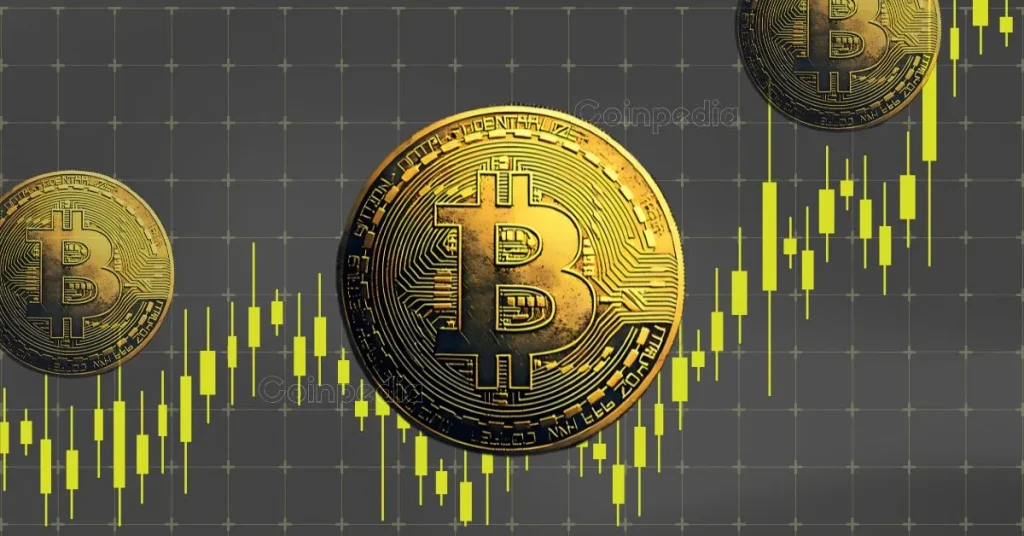
Trezor, the pioneer company in hardware wallets, has integrated the 1inch Fusion protocol with Trezor Suite. This latest integration allows the users to swap cryptocurrencies through their hardware wallet without incurring gas fees and also having the additional feature of front-running (MEV) attack protection.
Fusion Protocol in Action
The 1inch Fusion protocol enables swaps of tokens at comparatively better rates, with the advantage of not needing any native tokens on the account for covering gas fees. It removes one of the barriers for decentralized trading, thereby giving a graceful land to protect users from malicious-on-chain tactics like sandwich attacks or fun running, where this would matter, especially for huge trades.
With Fusion being directly integrated within Trezor Suite, users can access liquidity nearly without limitation across various chains, such as Ethereum, BNB Chain, Polygon, Arbitrum, Optimism, and Base. All swap transactions are secured by Trezor hardware so that the user’s private keys stay offline and under his total control for the whole process.
“At Trezor, we’re excited to integrate 1inch Fusion — a collaboration that aligns perfectly with our mission to empower individuals to self-custody their bitcoin and crypto with tools that seamlessly balance security, privacy, and usability. By removing the need for native gas tokens and protecting users from MEV attacks, Fusion delivers frictionless, secure token swaps directly within the Trezor ecosystem.” — Danny Sanders, CCO at Trezor
“With the integration of the 1inch Swap API, the Trezor Suite users gain access to the most secure, efficient, and seamless DeFi experience available. Combining industry-best swap rates with hardware-grade protection, this partnership sets a new standard for what decentralized finance should look like.” – Sergej Kunz, 1inch Co-Founder
Assessing the Key Features and User Benefits
Gasless Transactions
Users no longer need to hold ETH or other native tokens to pay network fees — gas is abstracted away, simplifying the experience.
MEV Protection
Fusion protects trades from frontrunning and sandwich attacks, improving fairness and reducing slippage during execution.
Integrated Experience
Trezor Suite makes it easy for users to swap directly in the interface without the use of third-party applications or extensions.
Cross-Chain Liquidity
The Fusion project draws liquidity from all corners of the Web3 space, both Layer 1 and Layer 2, for maximum flexibility and extensibility.
Hardware-Level Security
Basically, everything is done in the hardware environment of the Trezor, where the users keep full control of their private keys and assets. The integration has been introduced with the latest version of Trezor Suite and is available for Trezor Model T, Trezor Safe 3, and Trezor Safe 5.
To Sum Things Up
With 1inch Fusion integrated, Trezor rejuvenates security and usability in DeFi. Gas-free, MEV-protected swaps on multiple chains can now be conducted directly from the hardware wallet without compromising control, privacy, or performance in decentralized trading.
The post 1inch Fusion Comes to Trezor: Hardware Wallet Users Can Now Trade Without Gas Fees appeared first on CoinGape.







